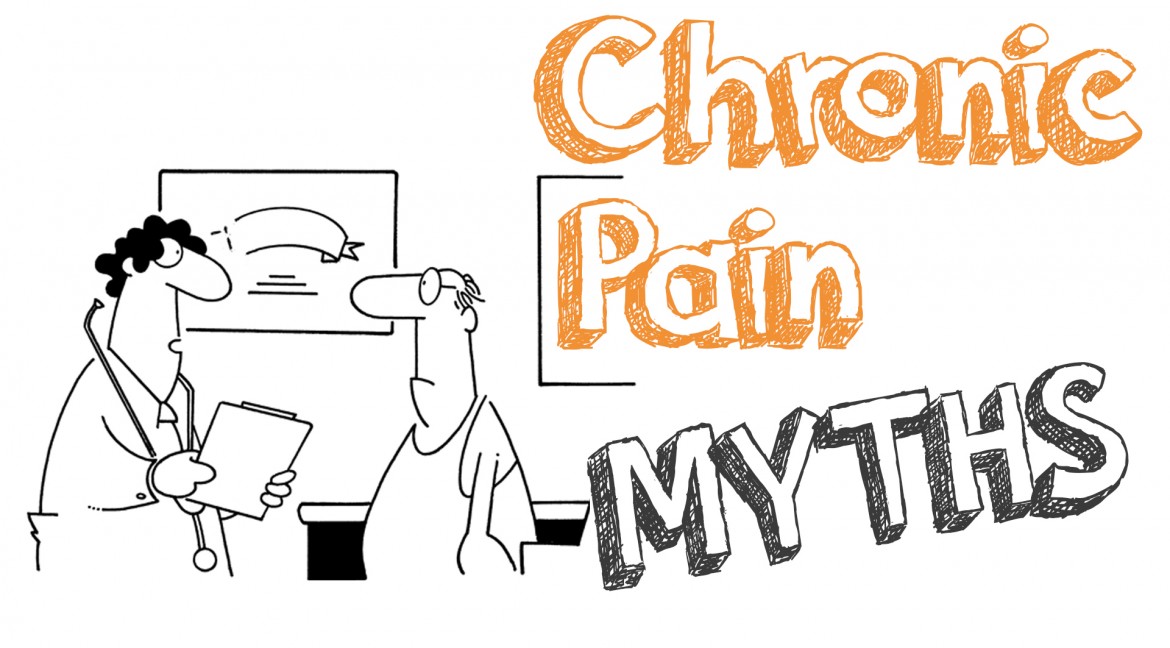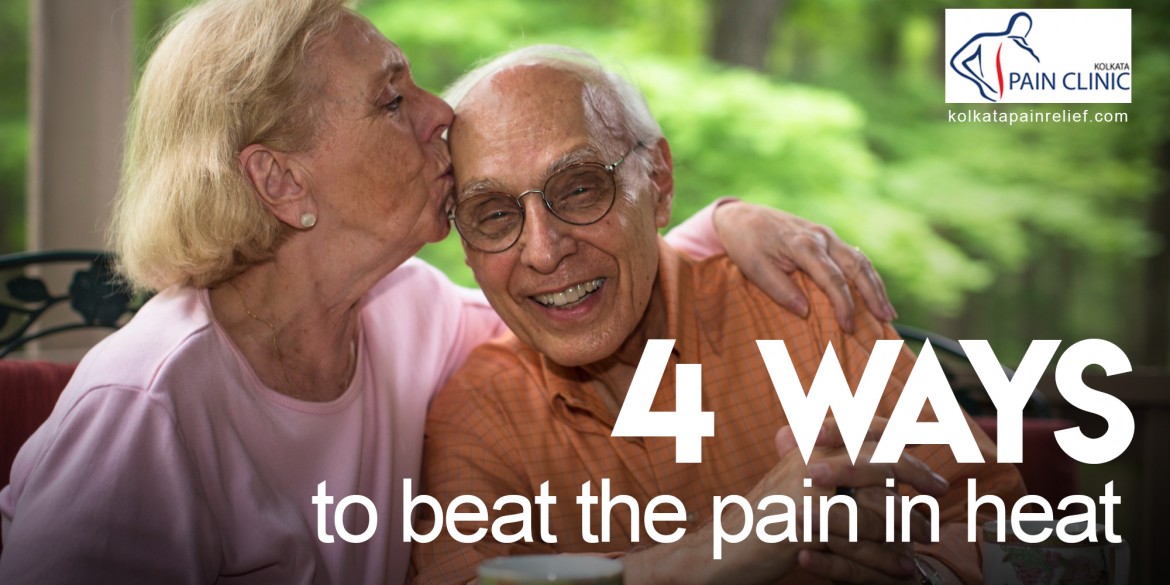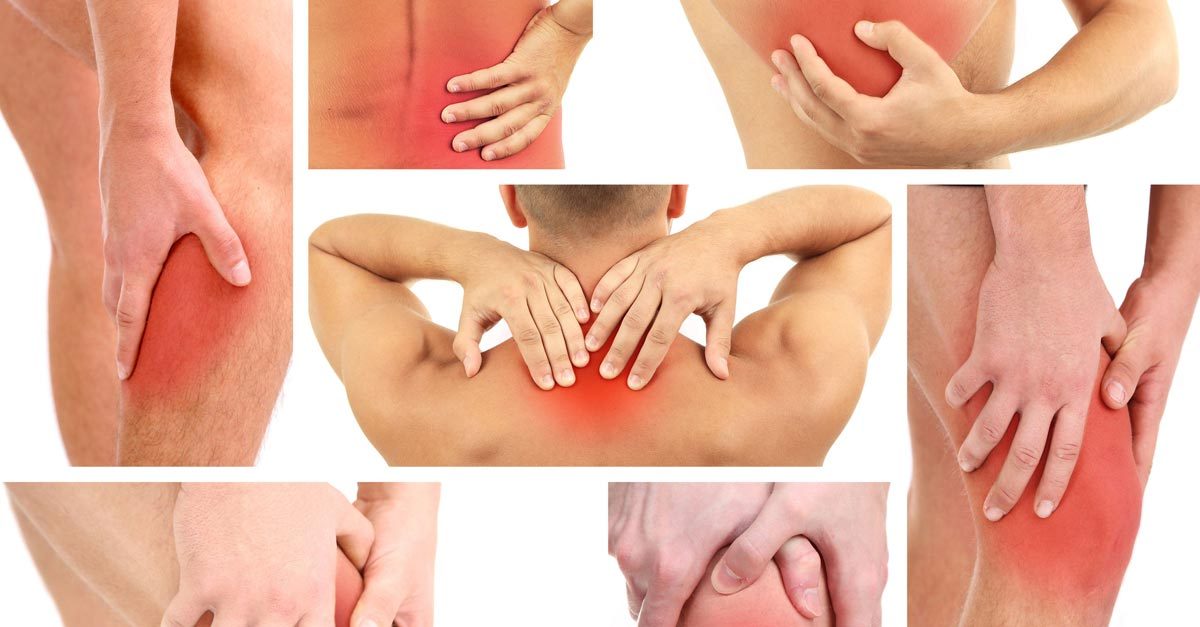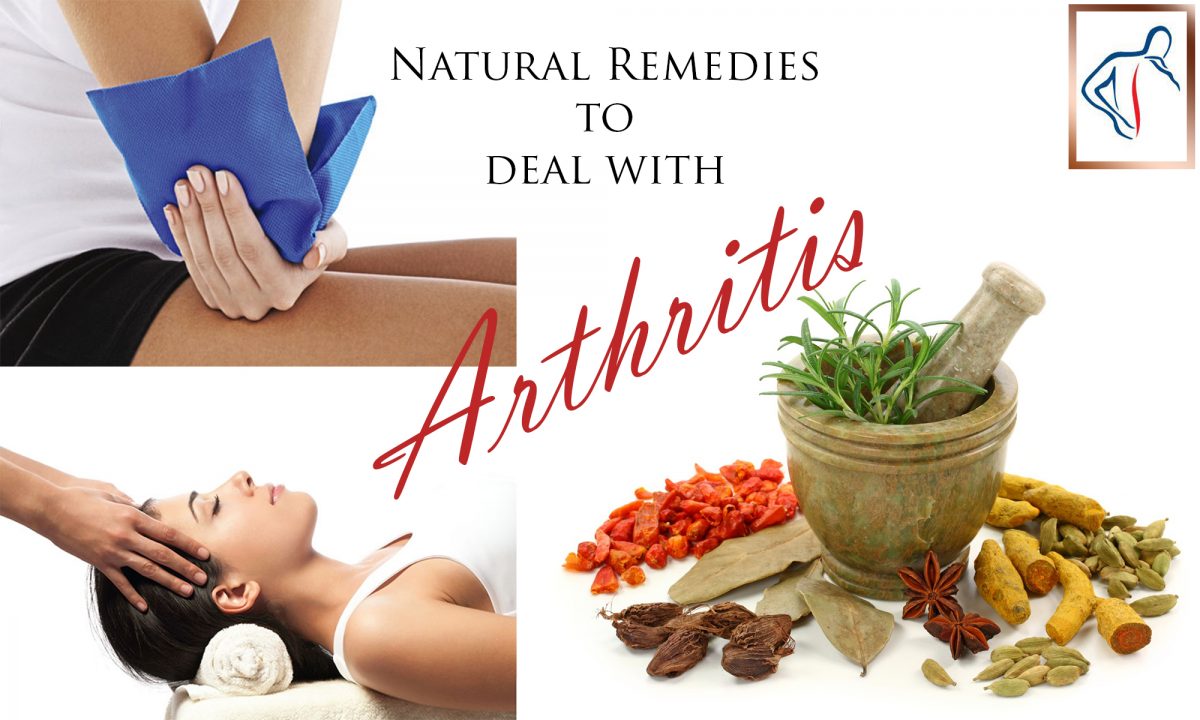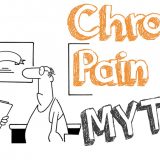Migraine is a complex condition with a wide variety of symptoms. For many people the main feature is a painful headache. Other symptoms include disturbed vision, sensitivity to light, sound and smells, feeling sick and vomiting. Migraine attacks can be very frightening and may result in you having to lie still for several hours.
Essential Oils serve as headache treatments because they safely and effectively treat the headache trigger, getting to the root of the problem instead of minimizing the pain temporarily. Plus, when using essential oils for headaches, there are no nasty side effects and you are in complete control of your dose,adjusting it for the type of headache you experience.
Here are few ESSENTIAL OILS that can help in pain relief:
Rosemary Oil: Rosemary oil has powerful anti-inflammatory and analgesic (pain killing) properties. It’s been used in folk medicine for hundreds of years for stress reduction, pain relief, and improved circulation, which can all help headaches. One study even found that rosemary oil helped with withdrawal symptoms. It also helps reduce insomnia and relax muscles, which can help with headaches.
Lavender Oil: Lavender essential oil has a variety of therapeutic and curative properties. It induces relaxation and relieves tension and stress,working as a sedative, antidepressant, anti-anxiety, anxiolytic, anticonvulsant and calming agent. There is also growing evidence that lavender oil serves as an effective treatment of neurological conditions and disorders.
Peppermint Oil: Peppermint is a refreshing and uplifting oil that helps reduce mental fatigue and improve concentration. It is a great tonic for the digestive system, which makes it particularly helpful for gastric based headaches. The menthol in peppermint also helps clear the respiratory tract, easing symptoms of sinus blockage and other cold symptoms.
Eucalyptus Oil: Eucalyptus works as an expectorant,it helps cleanse the body of toxins and harmful micro organisms. It also opens the nasal airways and eliminates sinus pressure that can lead to a nasty headache, all while promoting emotional balance and boosting mood.


